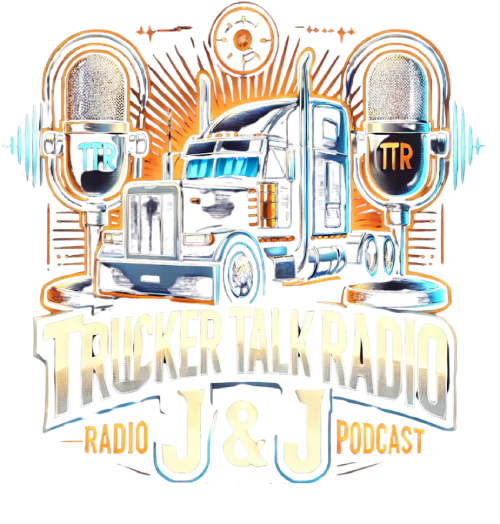By Michelle Rafter, Next Avenue Contributor
(Editor’s Note: This story is part of a partnership between Chasing the Dream and Next Avenue.)
A New Journey for a Veteran
Bryant Walker, a resident of Los Angeles, embarked on a new career path as a truck driver at an age when many seasoned truckers contemplate retirement. Last summer, at the age of 51, he stepped away from a 30-year career in office telecommunications to follow his childhood aspiration of navigating the open roads in an 18-wheeler.
Getting Started
In the past year, Walker obtained his commercial driver’s license, used his savings to establish a company and purchase a semi-truck, found a driving partner, and began seeking loads. Since early June, he has maintained a busy schedule, alternating between driving and managing business operations from home when his partner is on the road.
Inspirational Stories
Finn Murphy, who worked as a long-haul mover in his 20s, resumed his trucking career at 50 after experiencing significant life changes, including a divorce and leaving a wholesale textile business in New England. “I did what many who hold a commercial driver’s license do when faced with life challenges — I returned to the road,” said Murphy, who has been driving again for the past nine years and shared his engaging experiences in his memoir, The Long Haul: A Trucker’s Tales of Life on the Road.
Growing Trend
It’s increasingly common for individuals over 50, like Walker and Murphy, to take on truck driving as a second career. Joe Rajkovacz, director of governmental affairs for the Western States Trucking Association, noted that some retired airline pilots have made the transition to trucking. While predominantly male, more women are entering the trucking field. Rajkovacz explained, “Trucking attracts those with a sense of adventure who have spent many years in an office setting.”
Challenges and Rewards
Although truck driving has its difficulties, such as long periods away from home and the physically demanding nature of the job, many find the profession gratifying, both personally and financially. Truckers enjoy the flexibility of their schedules, and veteran movers like Murphy can earn six-figure incomes. The U.S. Bureau of Labor Statistics reported that the median pay for heavy and tractor-trailer drivers was nearly $20 per hour last year.
Starting the Journey
To become a truck driver, one must first obtain a commercial driver’s license (CDL), which is mandated by the Federal Motor Carrier Safety Administration. Many trucking companies offer CDL training programs with potential tuition reimbursement. Aspiring drivers can also choose for-profit schools or community colleges for training, which typically lasts three to seven weeks. However, some local companies prefer hiring drivers with prior experience, often starting with long-haul carriers.
Advice for Future Truckers
Murphy advises those entering the trucking field to develop specialized skills to improve their earning potential. He suggests visiting truck stops to connect with experienced drivers for practical insights. “They’ve made every mistake imaginable and learned valuable lessons along the way,” Rajkovacz added, highlighting the importance of learning from those who have navigated the challenges of the road.
This story is part of our partnership with Chasing the Dream: Poverty and Opportunity in America, a public media initiative aimed at fostering a broader understanding of poverty’s impact. The major funding comes from The JPB Foundation, with additional support from the Ford Foundation.


